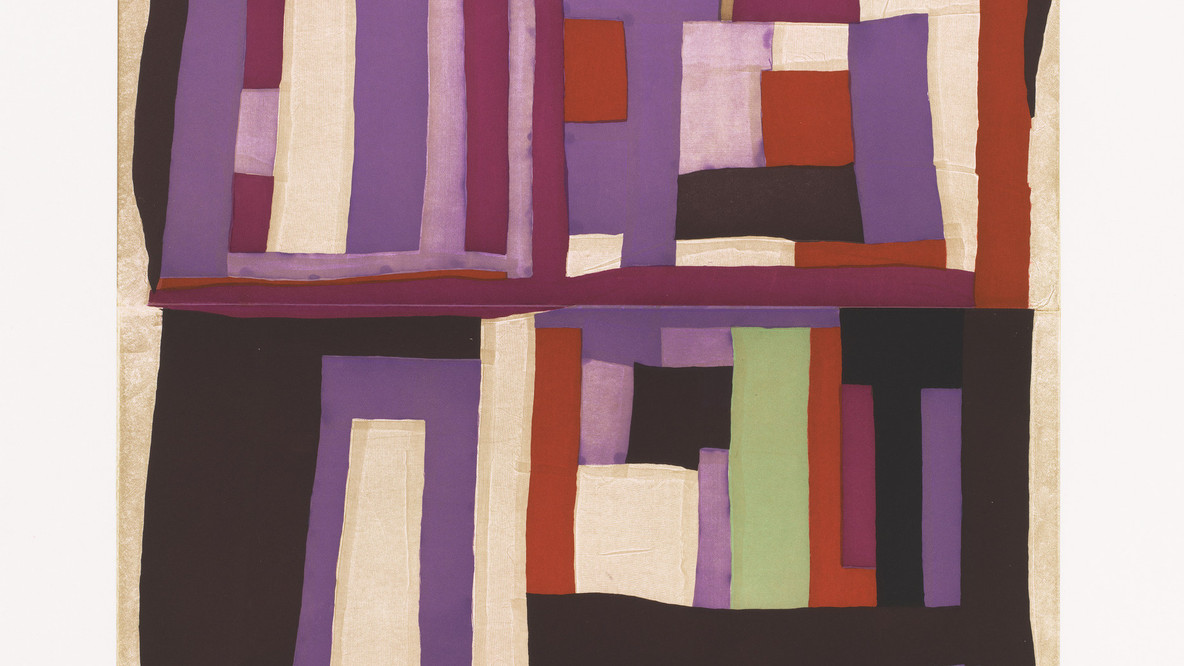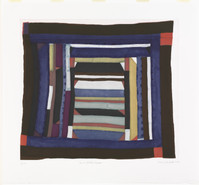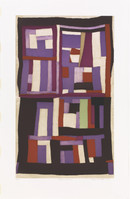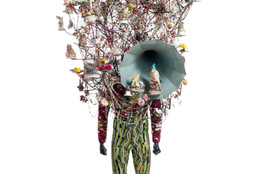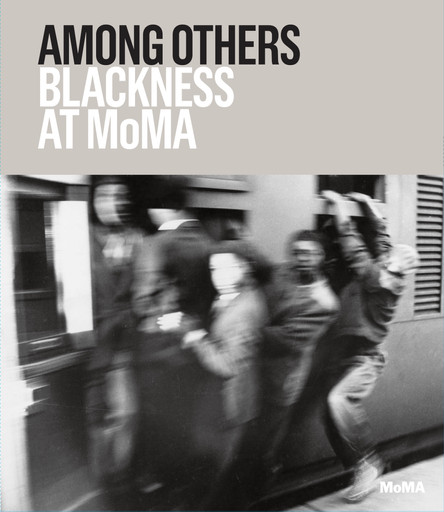“My mother taught me. She started me off piecing quilts. I wanted her to let me piece quilts with the machine but she wouldn’t do that. She gave me a needle and some little pieces.”
Mary Lee Bendolph
Mary Lee Bendolph is one of the foremost strip quilters associated with Gee’s Bend, Alabama, a rural African American community located in a remote bend of the Alabama River and surrounded on three sides by water. In 1962, during the Civil Rights era, the community was intentionally isolated: a ferry that served it was eliminated to limit its 700 or so residents’ ability to register to vote, while also constraining their educational, social, and economic opportunities beyond the village. The site of Gee’s Bend is itself fraught: residents live on land that was once a plantation where their great-grandparents and grandparents were slaves and their own parents were sharecroppers. It was only through a New Deal subsidy program that the farmland was parceled out for purchase during the Great Depression. Location and geography have played a formative role in determining Bendolph’s late discovery: her work was not known beyond her community until the mid-1990s and not shown in a museum until 2002, when the Museum of Fine Arts, Houston, organized a traveling exhibition on Gee’s Bend quilts.
Strip quilting is a form of piecework quilting that can be traced back six generations in Gee’s Bend. Not only was quilting one of the social pillars of the community, it was a utilitarian necessity, a way of beautifying and warming modest unheated homes. Bendolph’s striking compositions use varying lengths of found and salvaged cloth to create discontinuous patterning and startlingly bold color arrangements. In embracing abstraction, her configurations exemplify the stark originality of Gee’s Bend quilters. The vibrant structural variation of her work is typical of African American quilts, which reject the symmetry and uniformity associated with Caucasian quilting traditions. Bendolph’s designs have now been reproduced in multiple formats: as hand-woven rugs, greeting cards, postage stamps, and limited-edition intaglio prints such as To Honor Mr. Dial. Historically, it has mainly been white male artists who have been invited to work with master printers to create prints. Inviting an African American quilter to do so is a means of acknowledging—and altering—historical media, gender, and racial exclusions. The publisher of To Honor Mr. Dial, Paulson Press (now Paulson Fontaine) of Berkeley, California, is a woman-owned business initiated by master printer Pam Paulson. She has since partnered with Rhea Fontaine, one of the first African American women to publish fine-art prints by contemporary artists.
To Honor Mr. Dial is a spitbite aquatint made in tribute to Bendolph’s fellow Alabama artist Thornton Dial, in spirited recognition of their similar life experiences as self-taught artists living in the Deep South. Spitbite refers to an etching process that “bites” the plate using acid and, traditionally, the artist’s saliva; aquatint offers tonalities, textures, and grains in the finished print that evoke the tactility of cloth. Making a fabric maquette the same size as the final print, Bendolph assembles strips of red, purple, white, and lavender against a dark background, causing the primary colors to pop. A single strip of bright green anchors the panel, drawing the eye downward and enhancing the background’s deep, velvety black.
Originally published in Among Others: Blackness at MoMA, ed. Darby English and Charlotte Barat (New York: The Museum of Modern Art, 2019)
Note: Opening quote is from a 2015 interview with the artist and Lucy Mingo by Josephine Reed for the National Endowment for the Arts (NEA). https://www.arts.gov/honors/heritage/mary-lee-bendolph-lucy-mingo-and-loretta-pettway.
Jenni Sorkin, independent scholar
